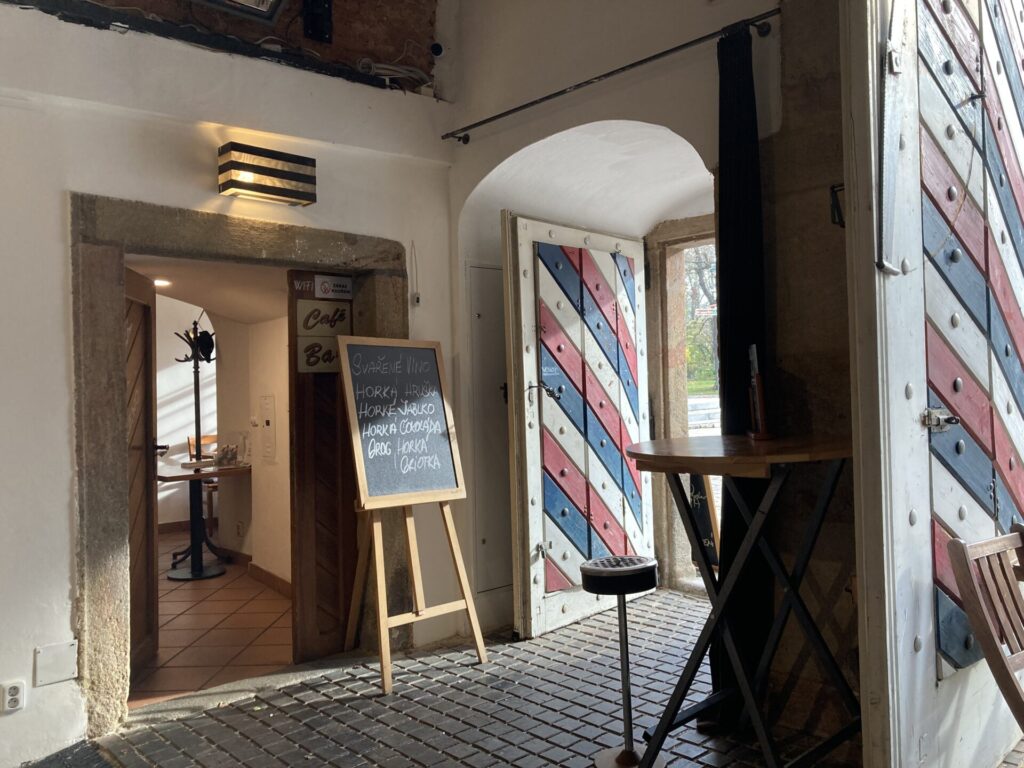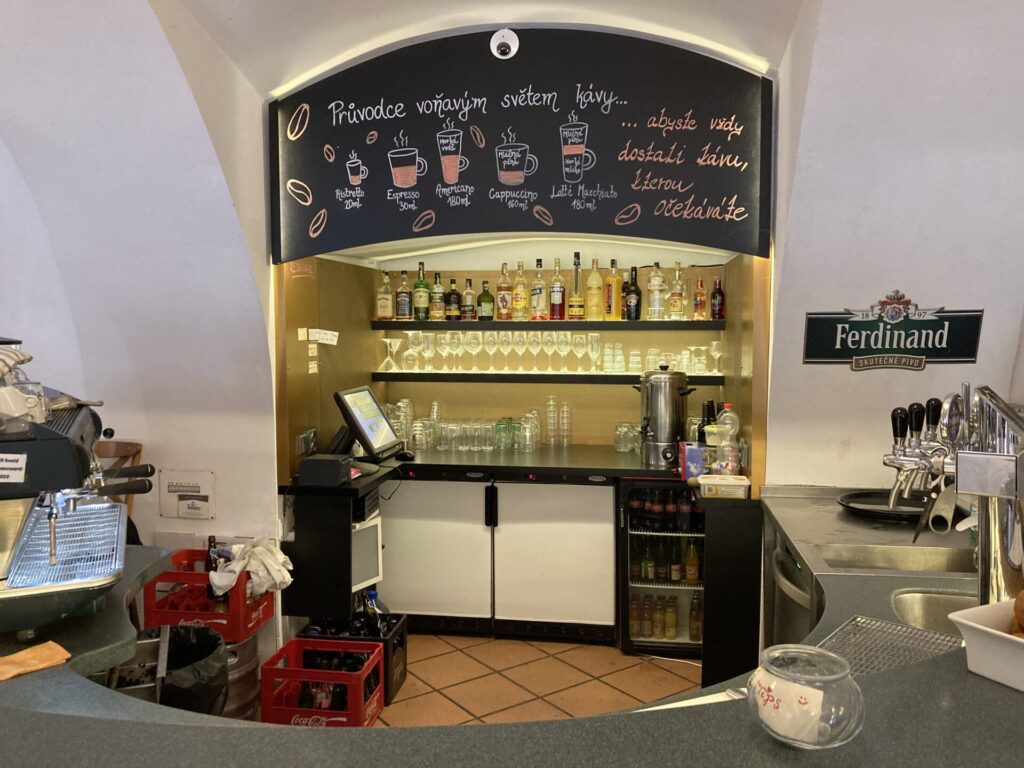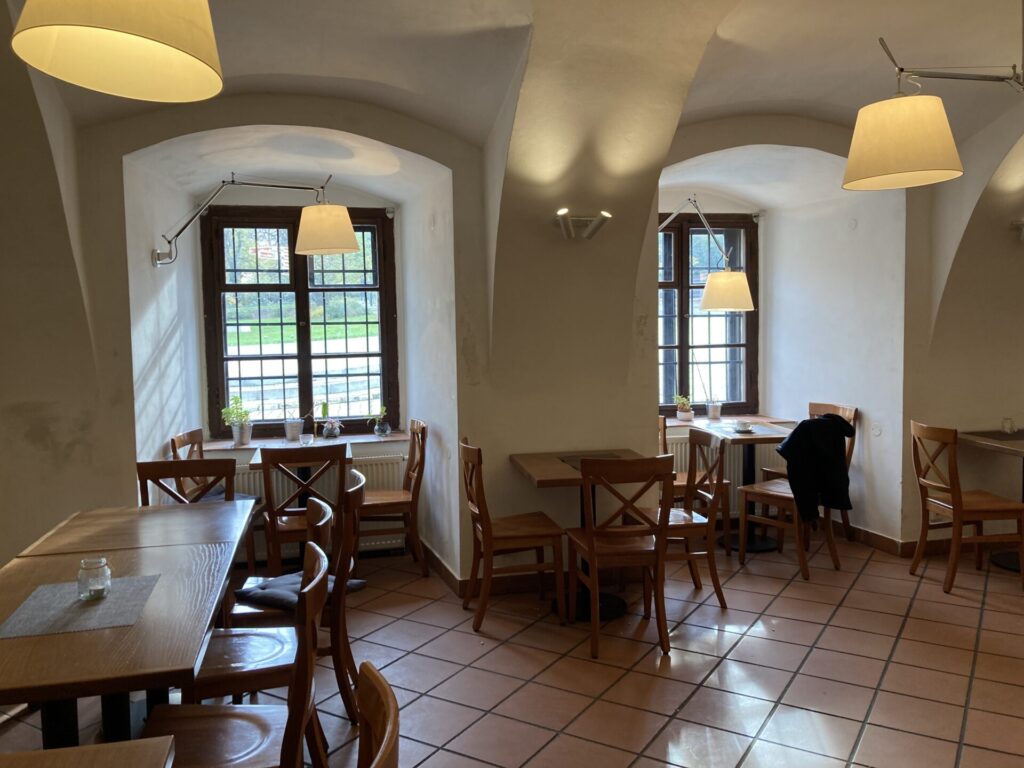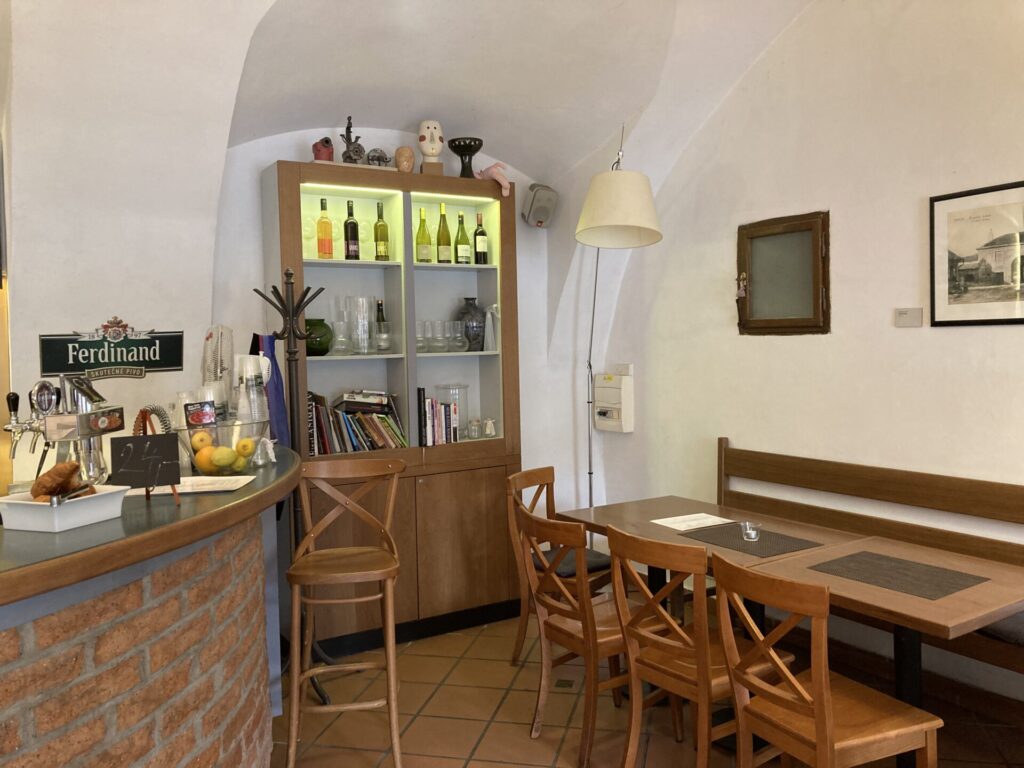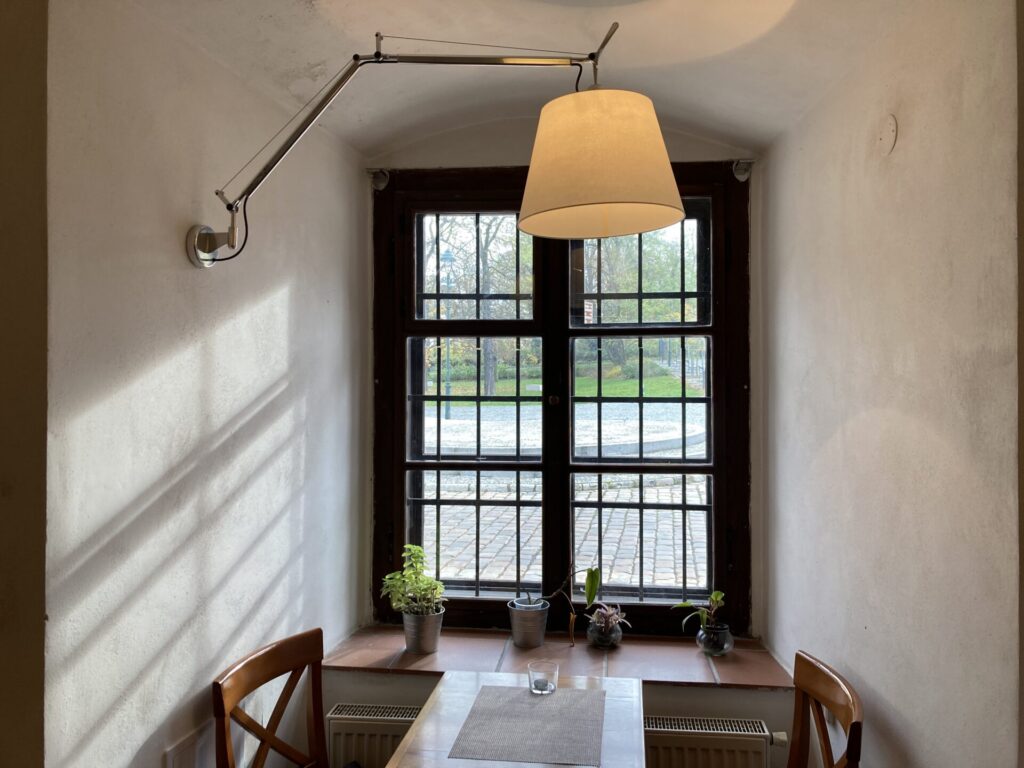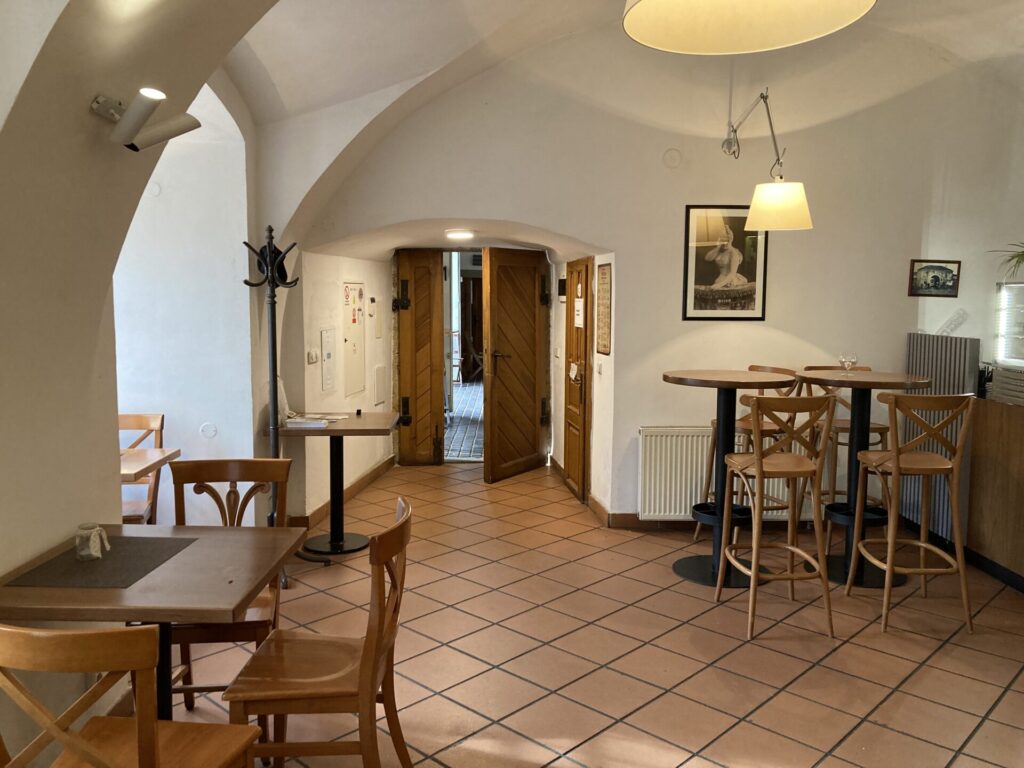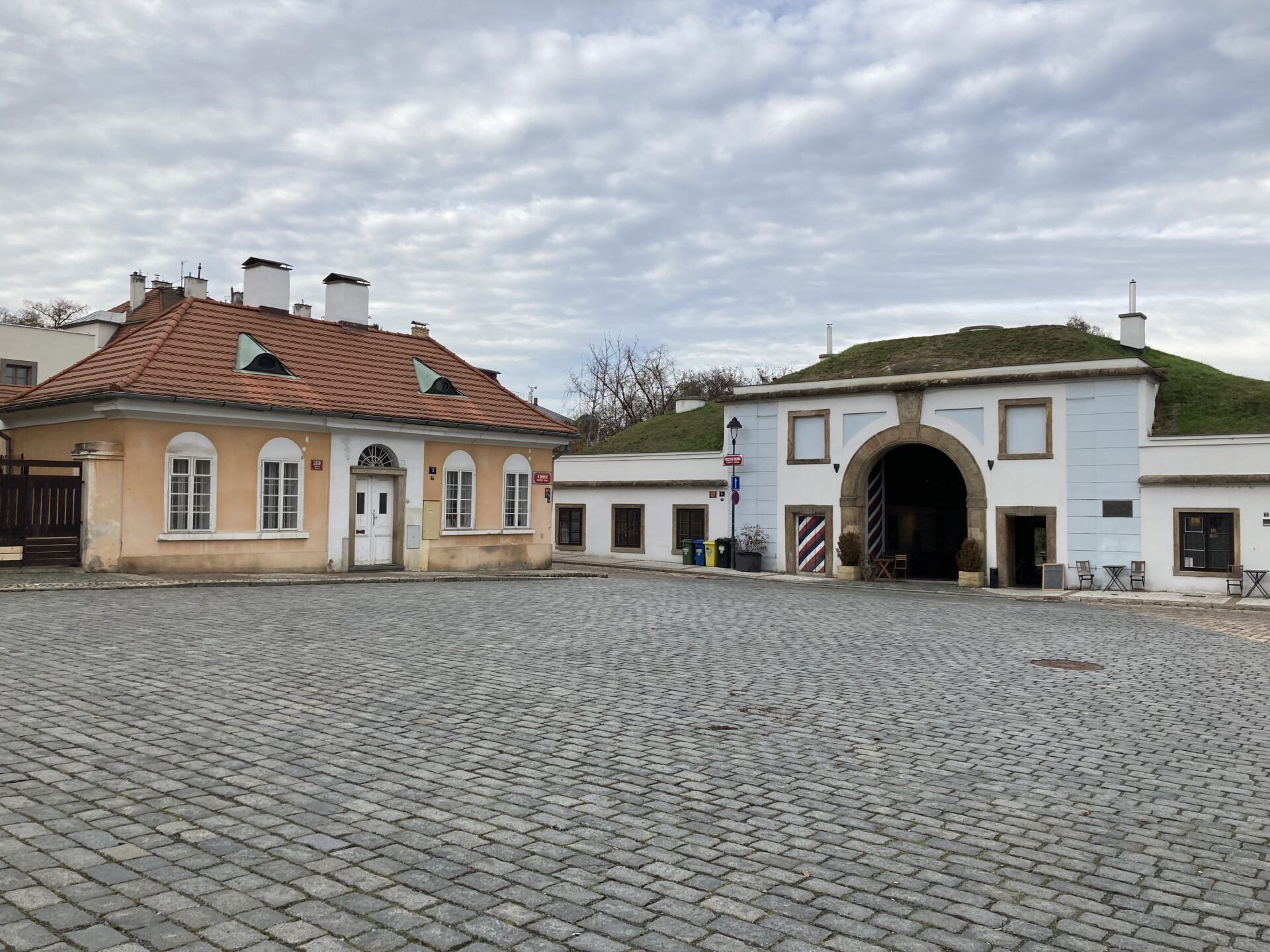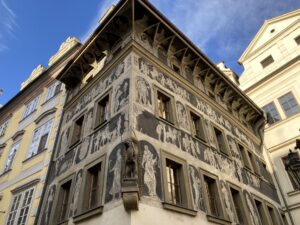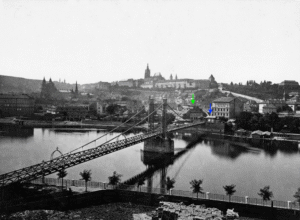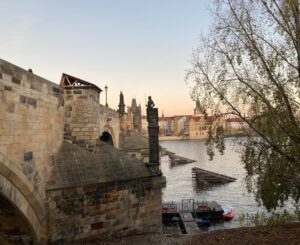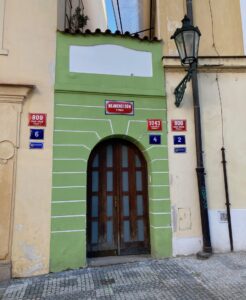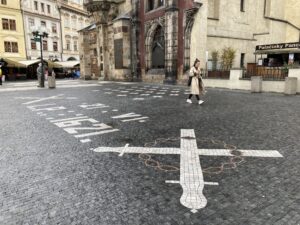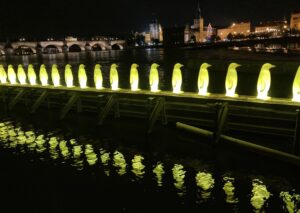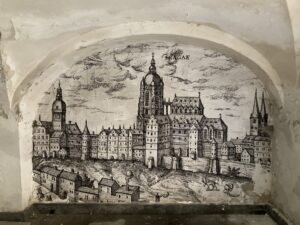If you take the streetcar from Malostranská metro station up to the Castle, the first tram stop is called the Royal Summer Palace. If you get off there and turn left, you will enter the gardens of Queen Anne’s Summer Palace – you can then come through these gardens all the way to the Castle. However, if you turn right, you will see a strange building from afar. A large gate, covered with a thick layer of clay and grass. What’s that?
It’s the Písecká Gate. And since “písecká” is an adjective from the word “Písek” and there is a beautiful town of Písek in the south of Bohemia, it could be probable that carriages of traders heading to South Bohemia and further to Austria passed through this gate.
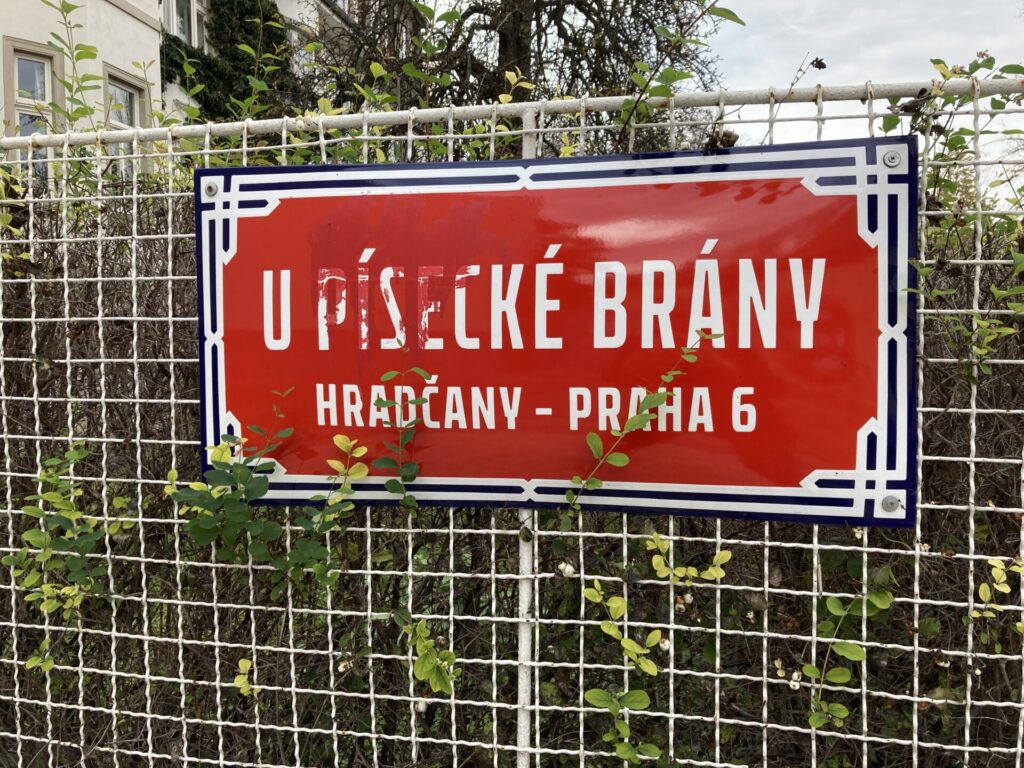
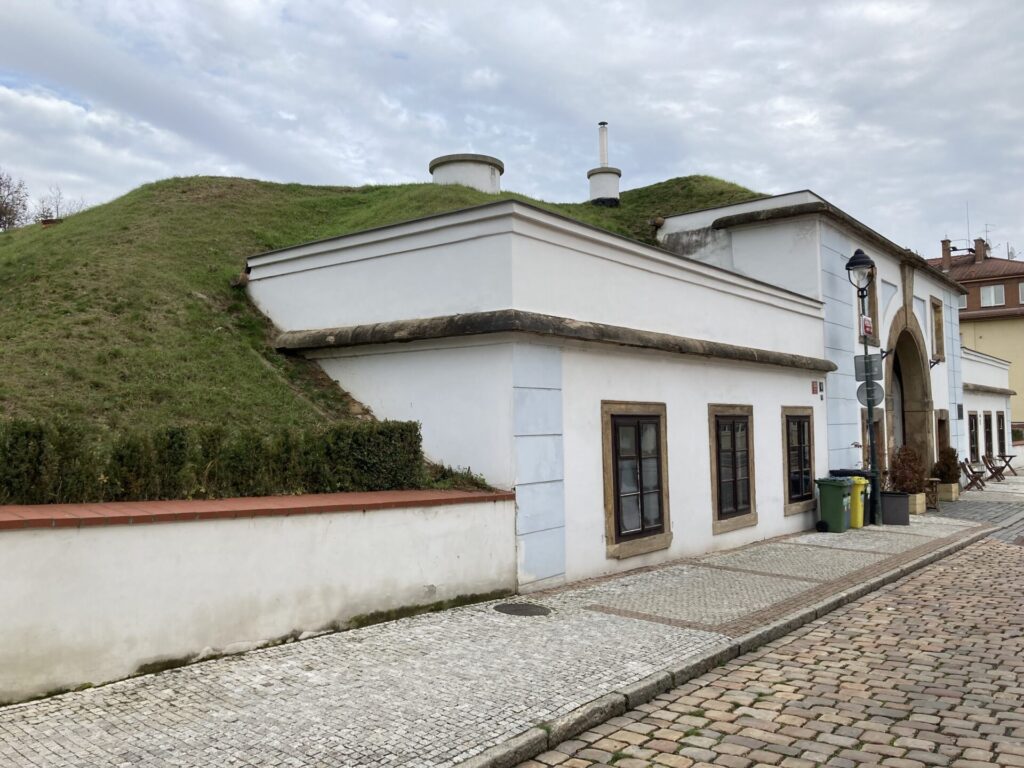
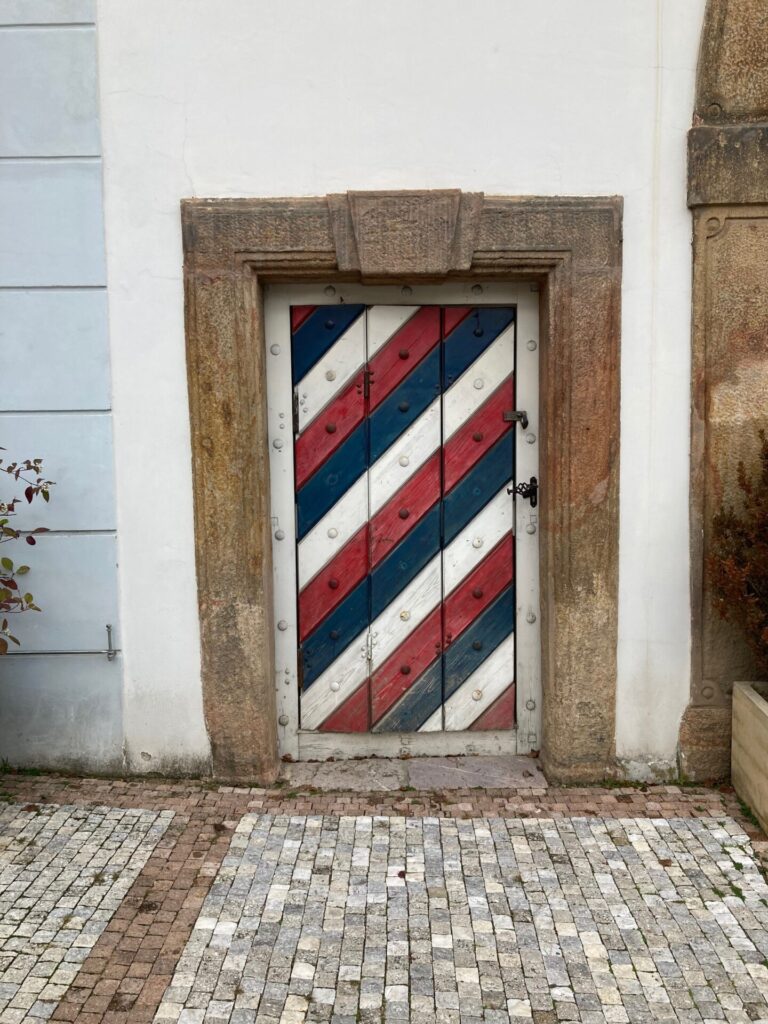
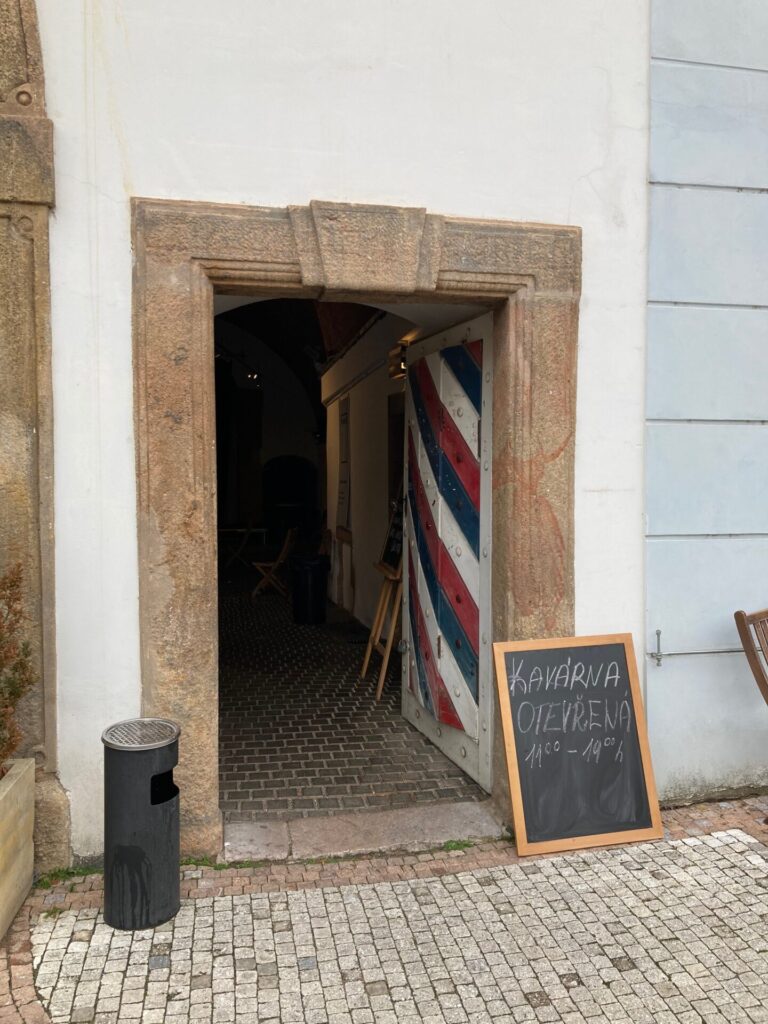
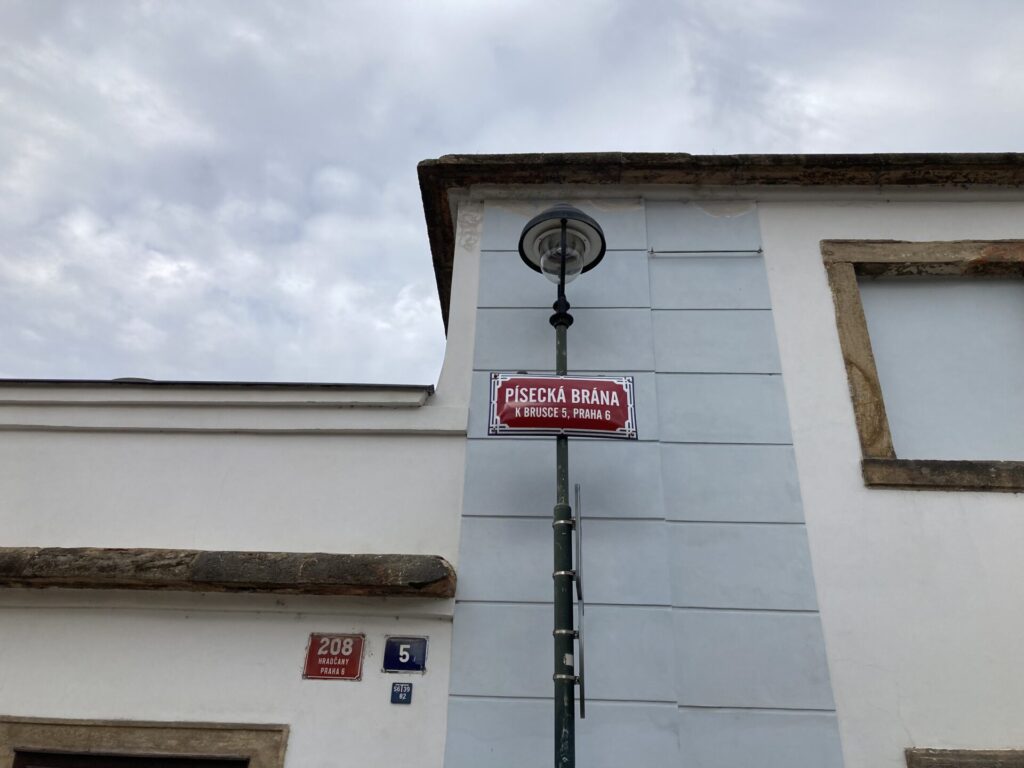
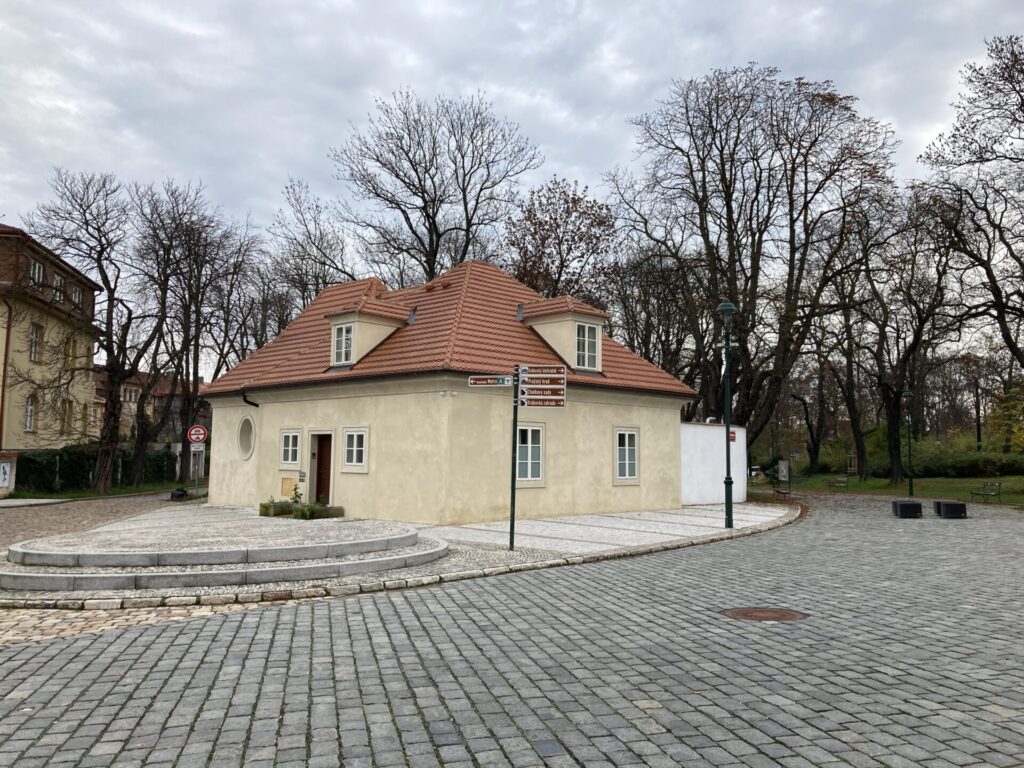
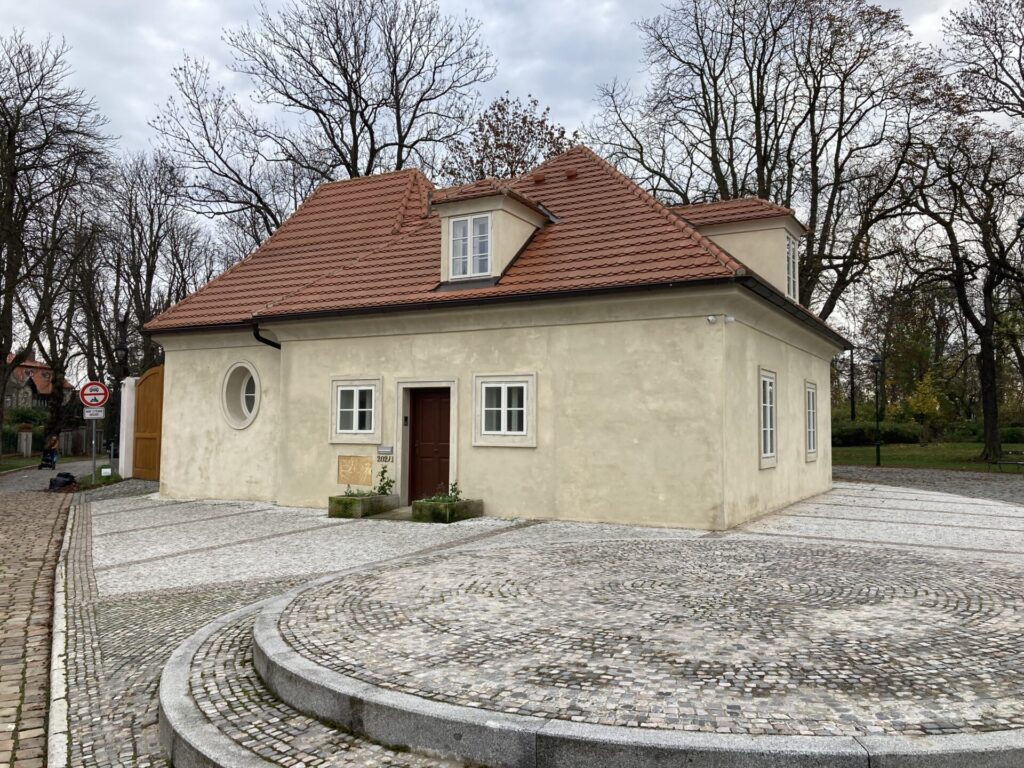
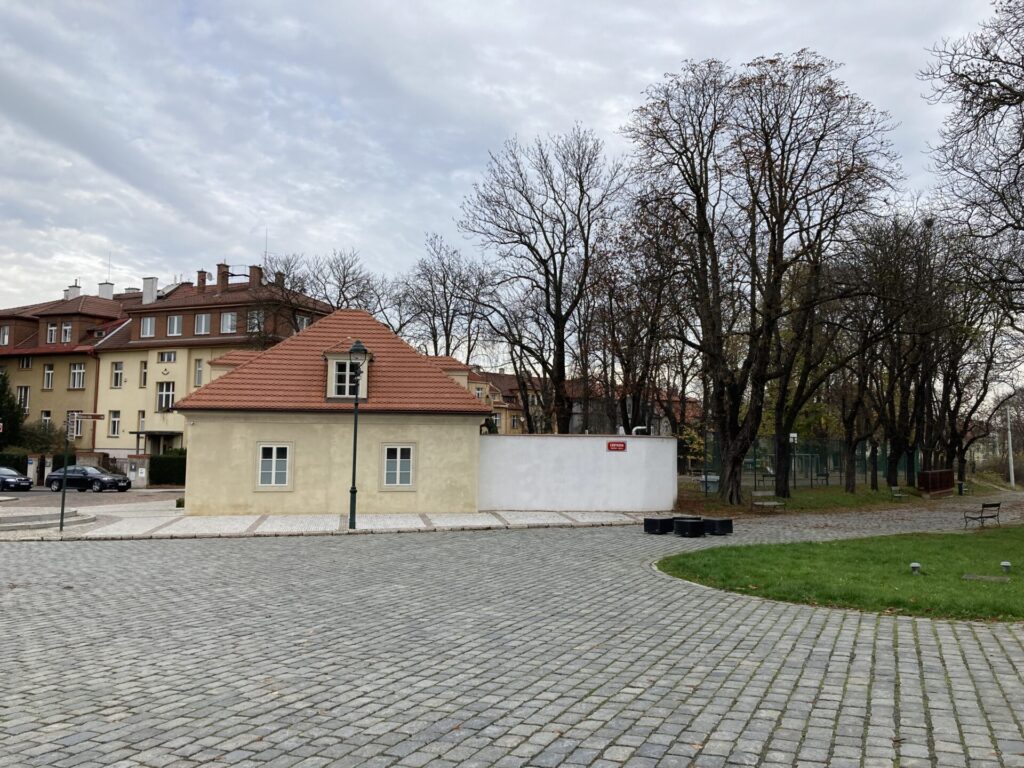
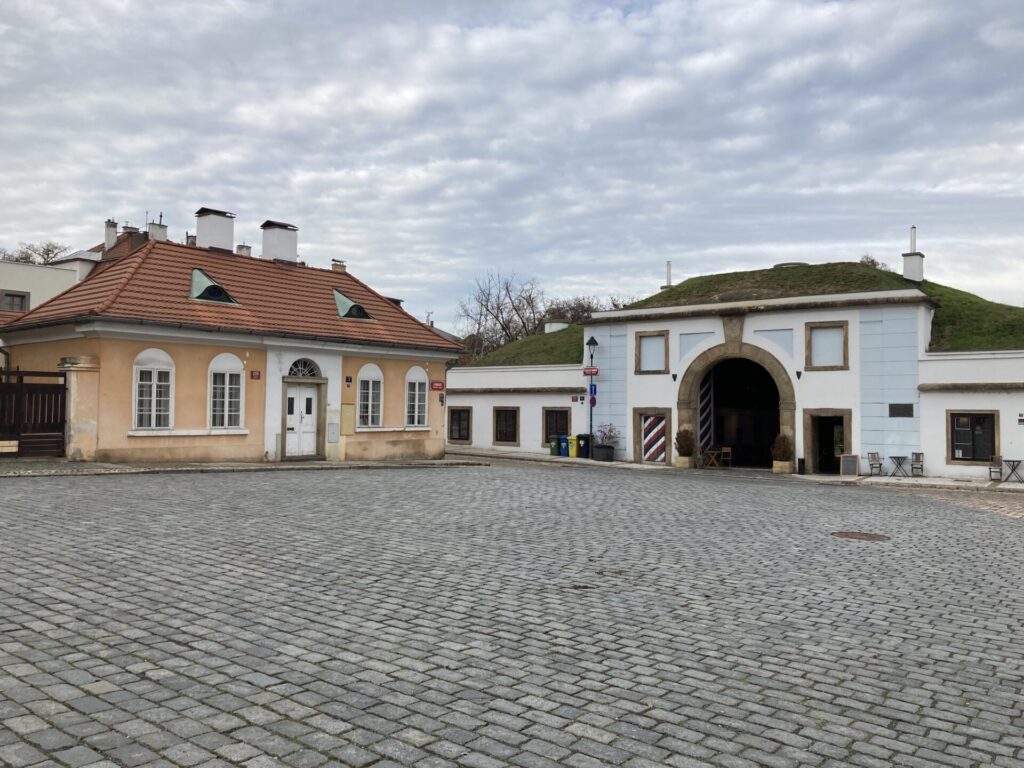
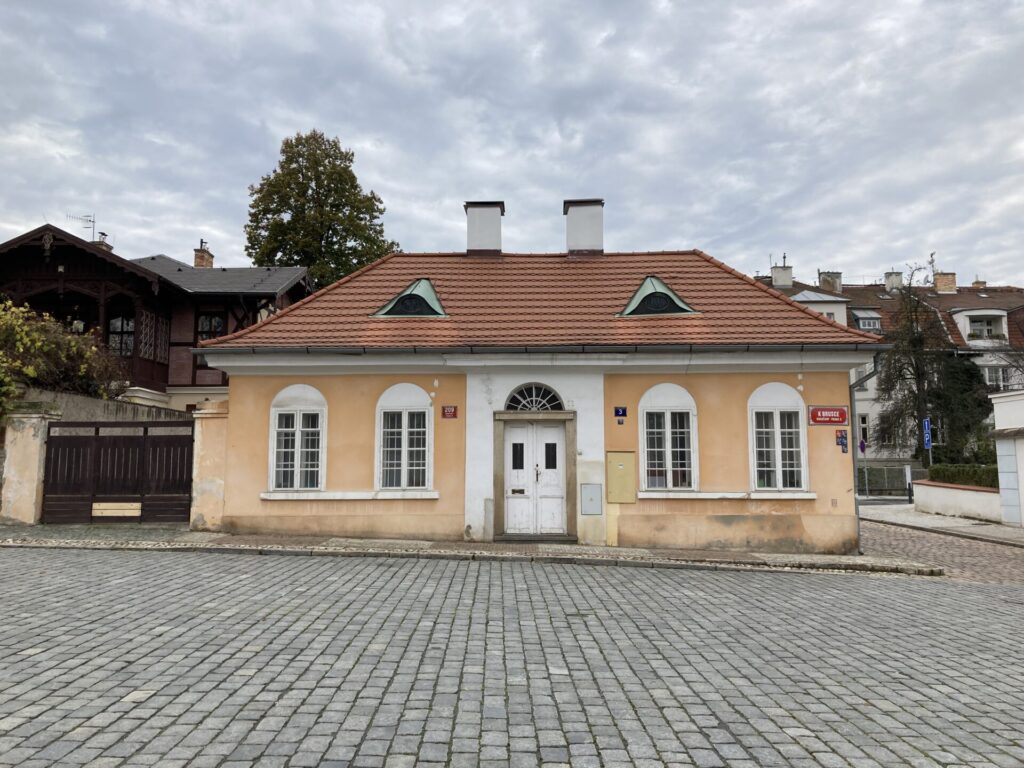
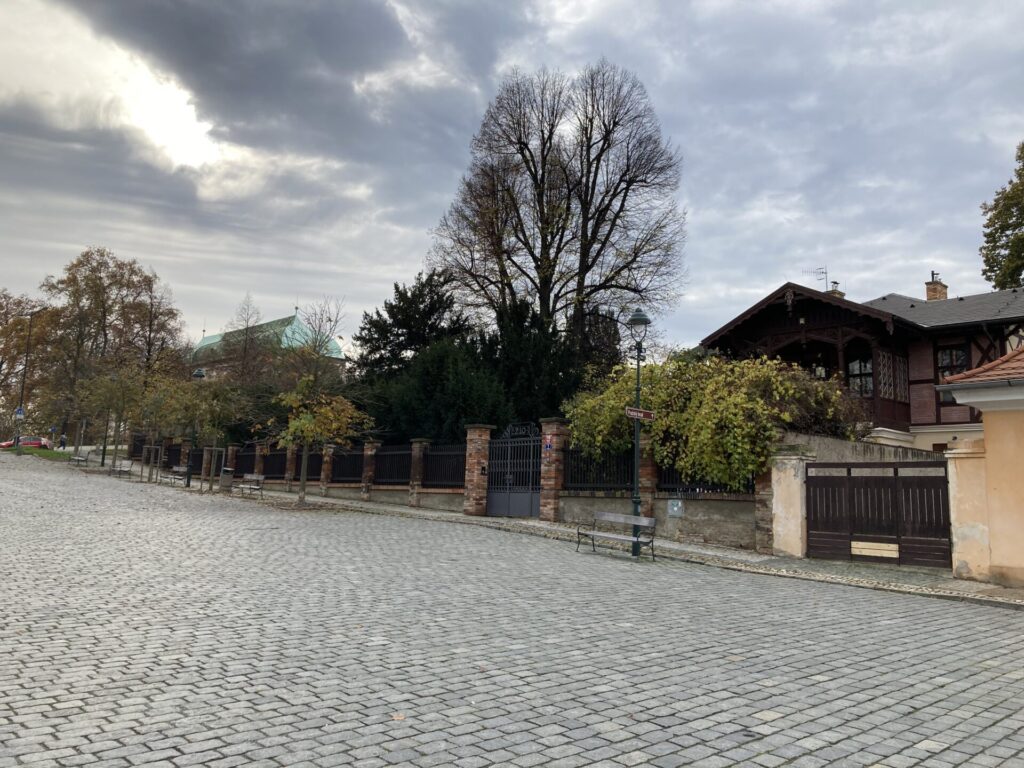
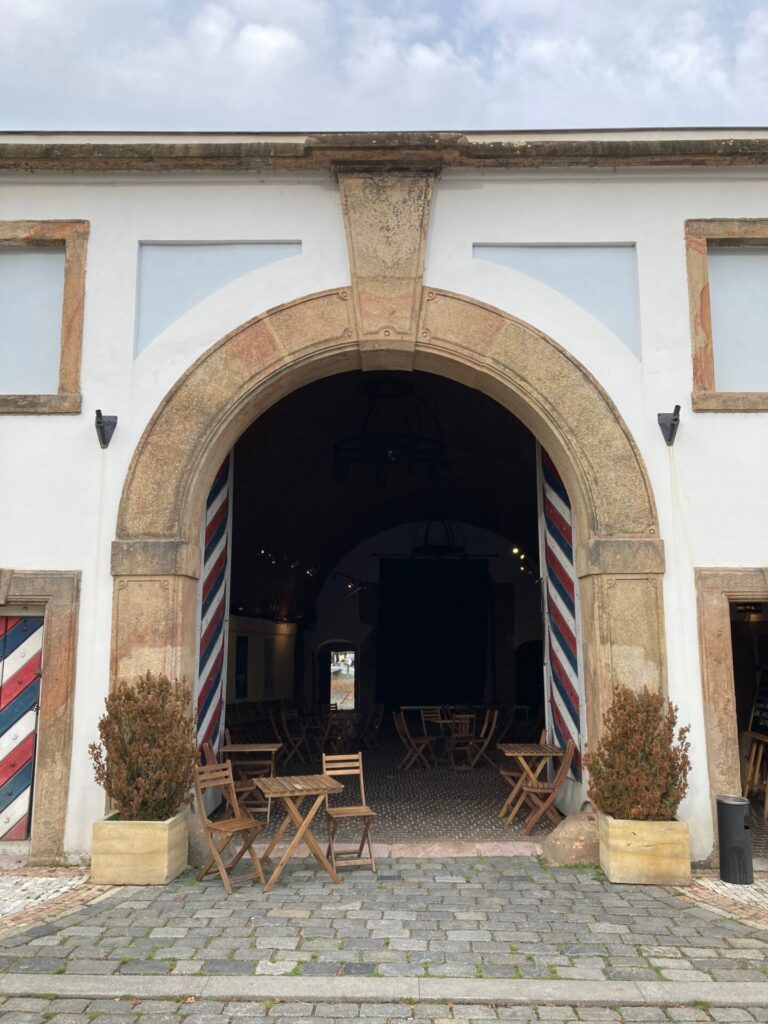
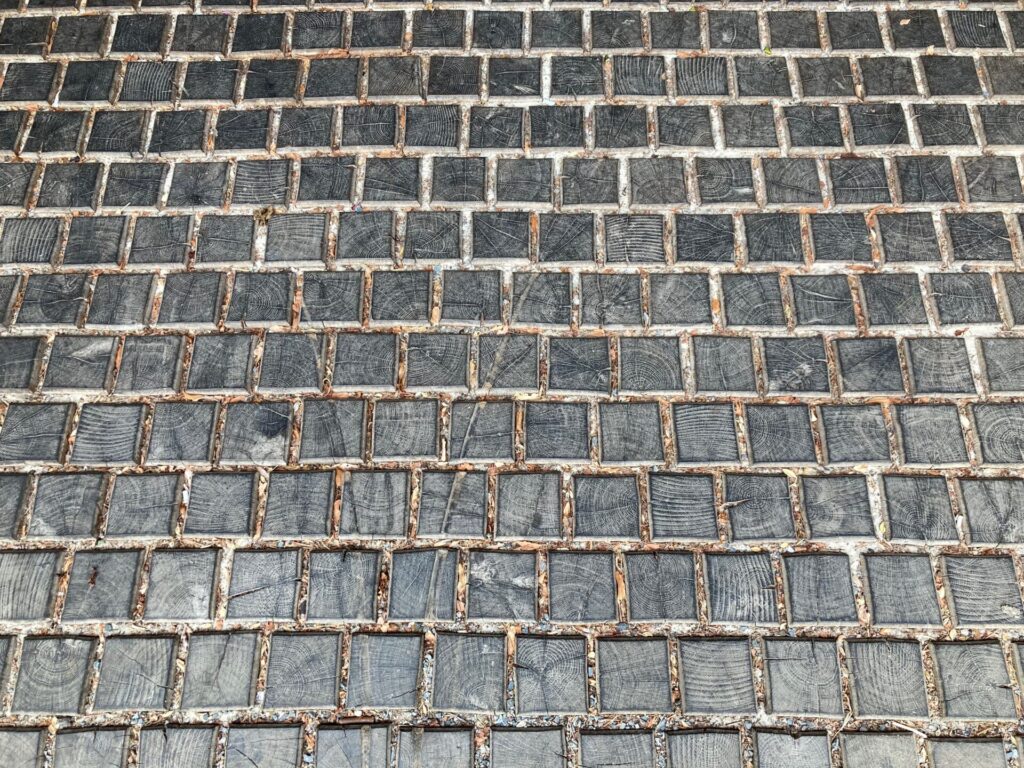
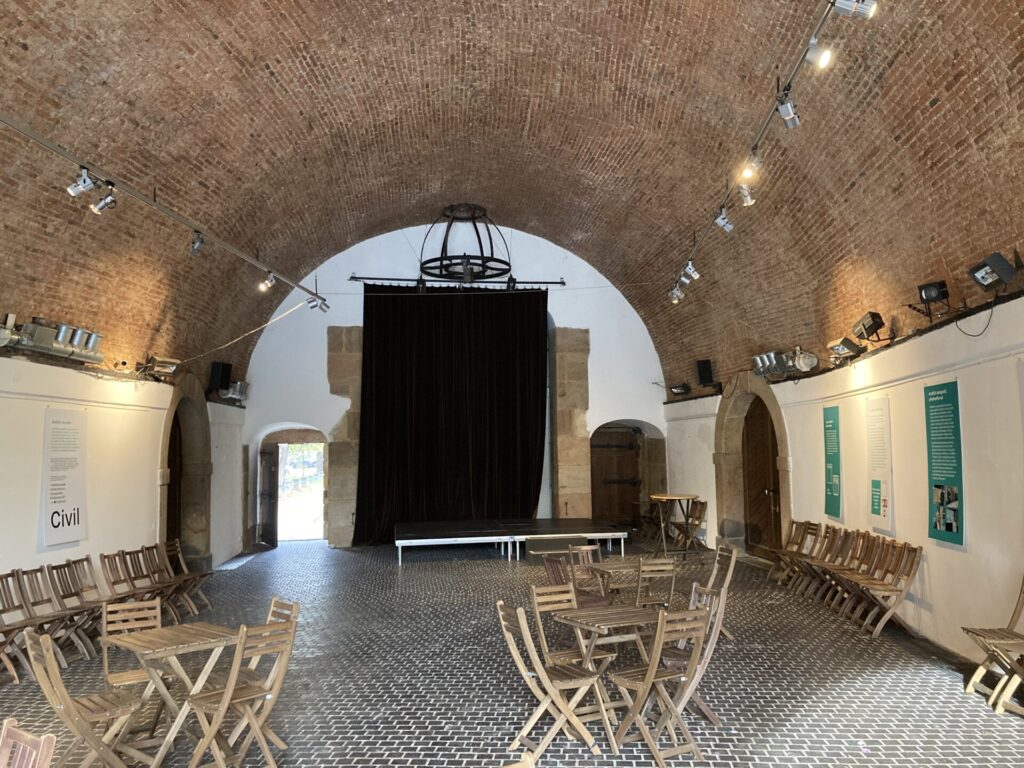
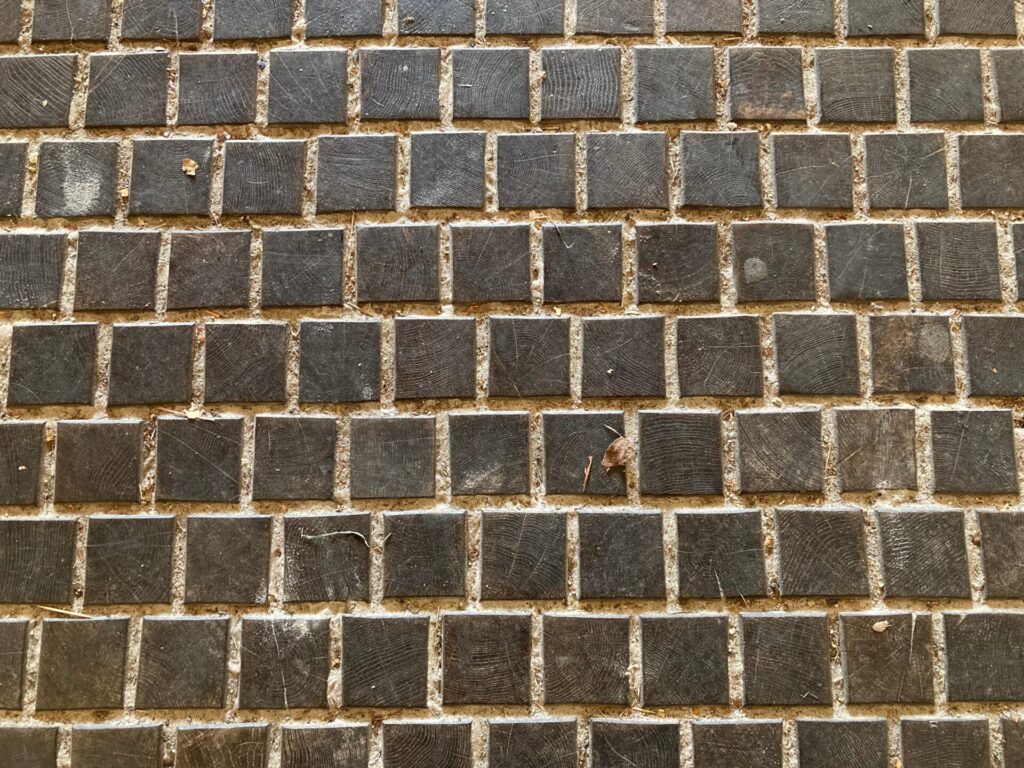
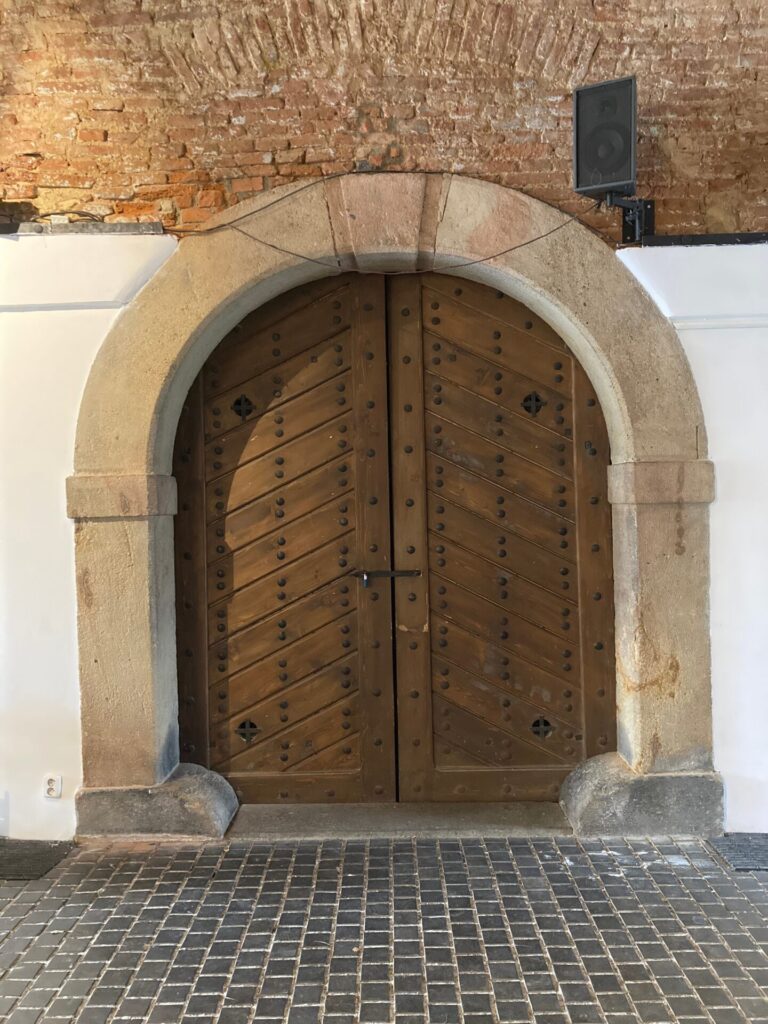
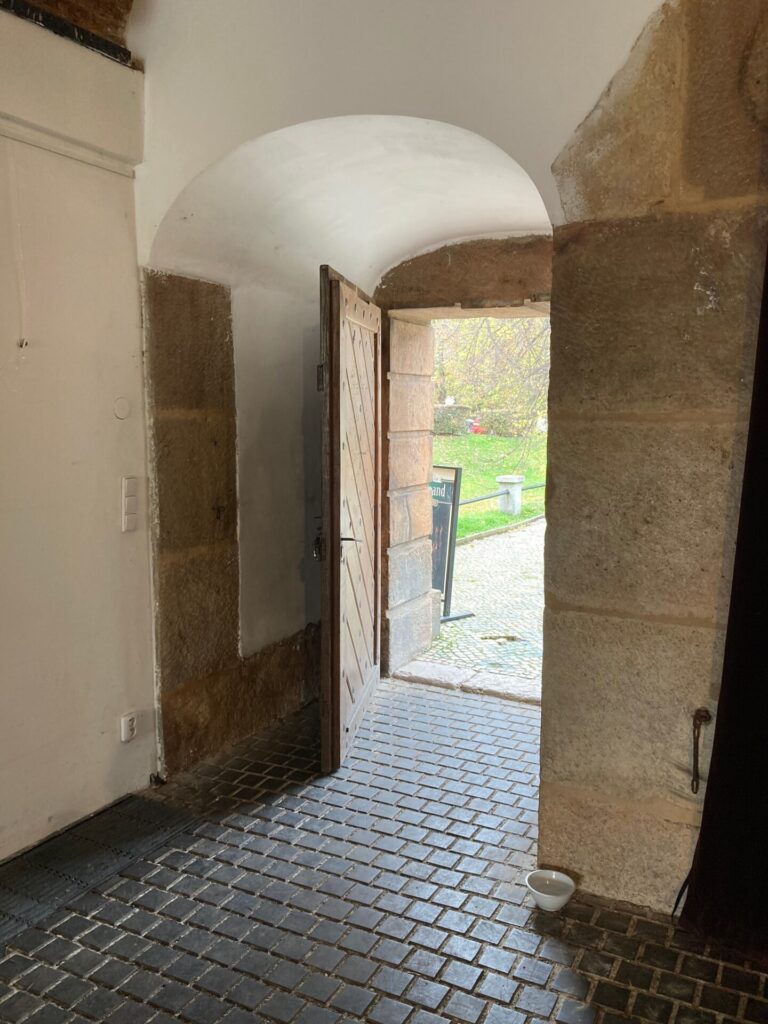
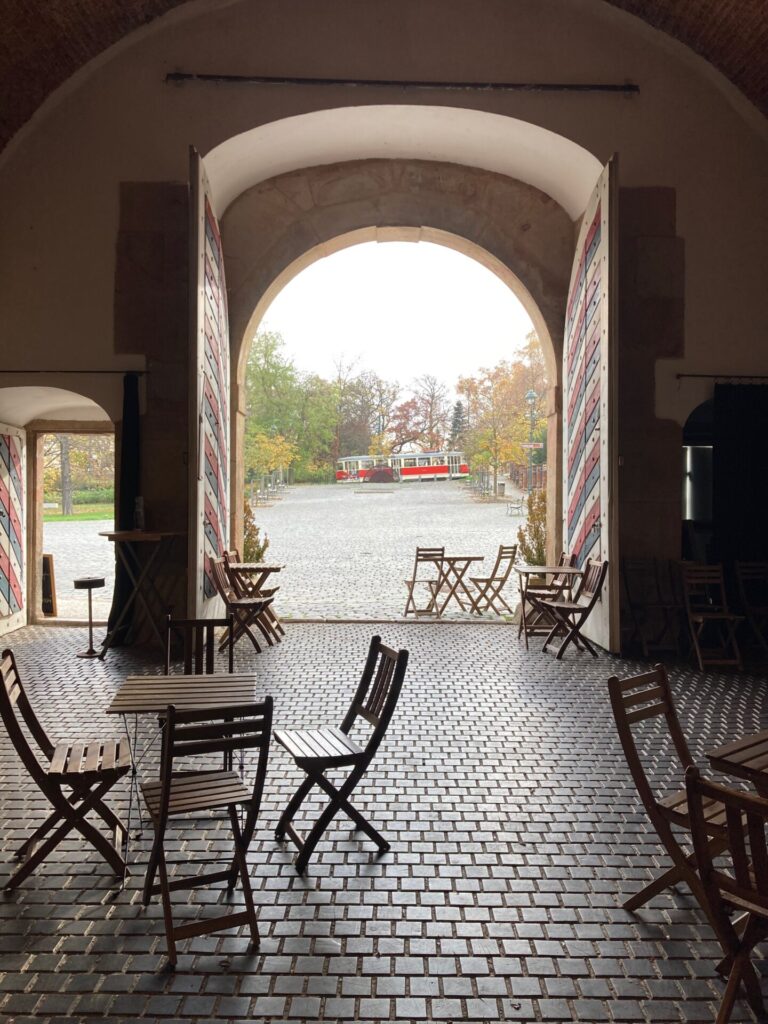
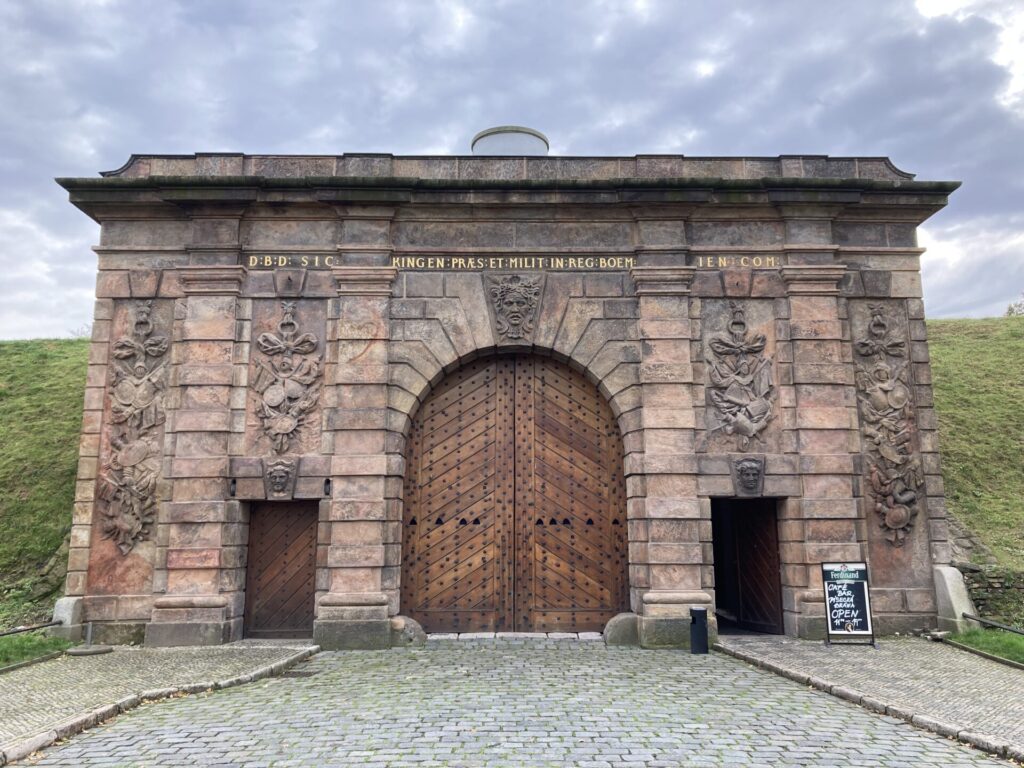
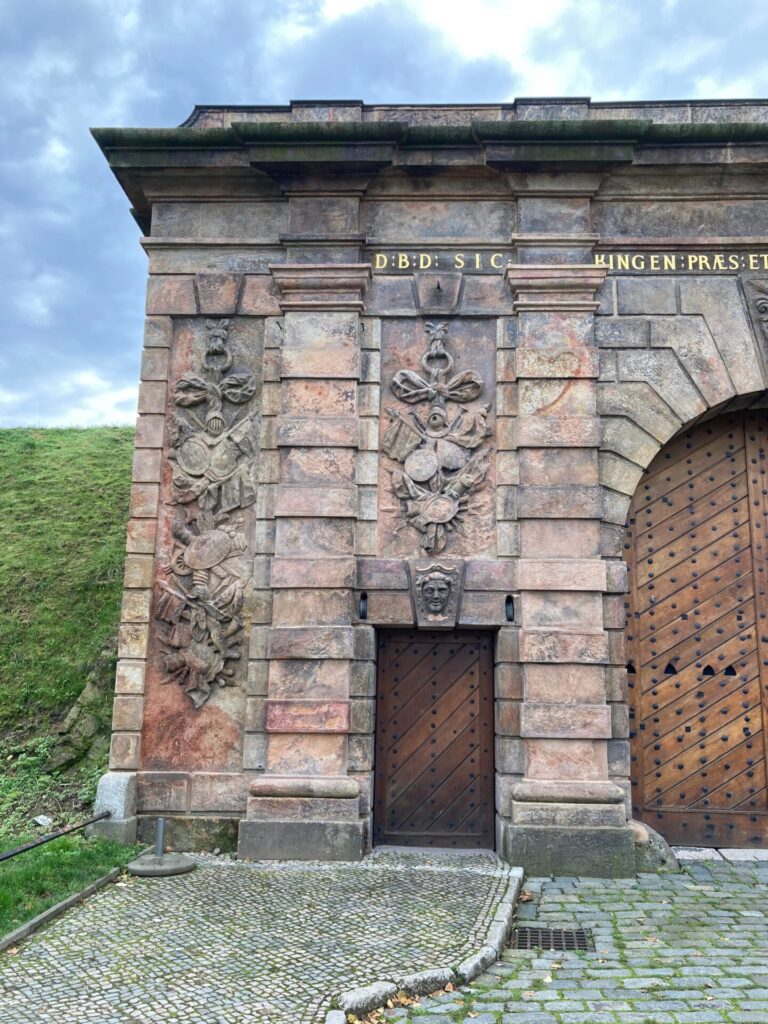
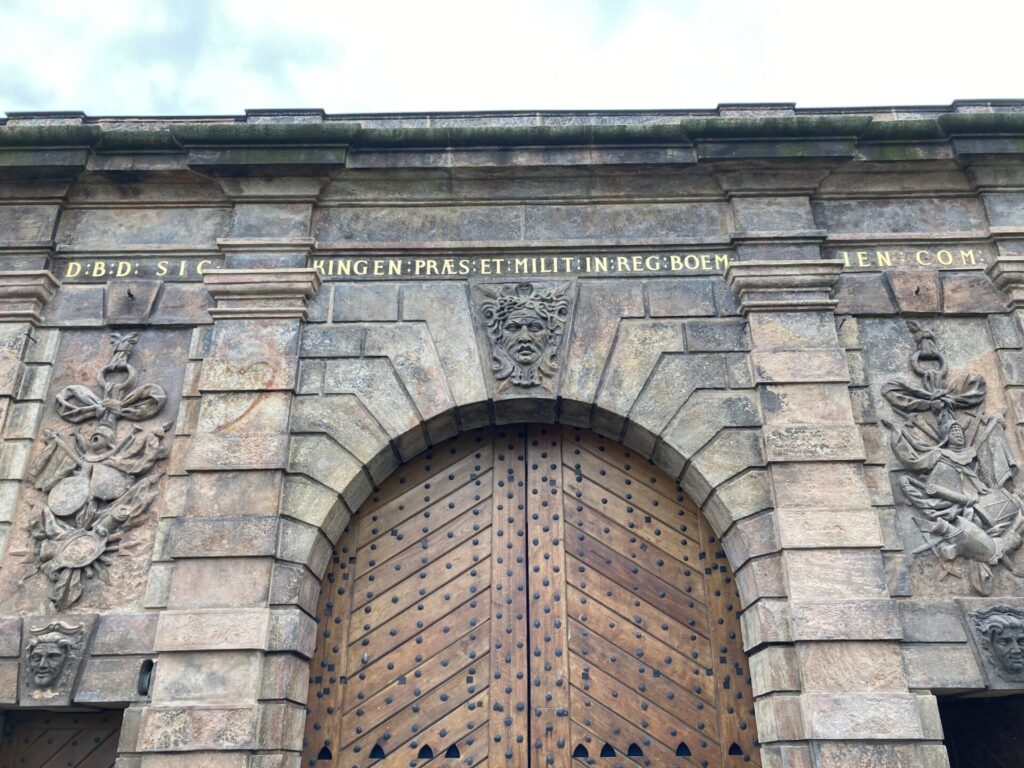
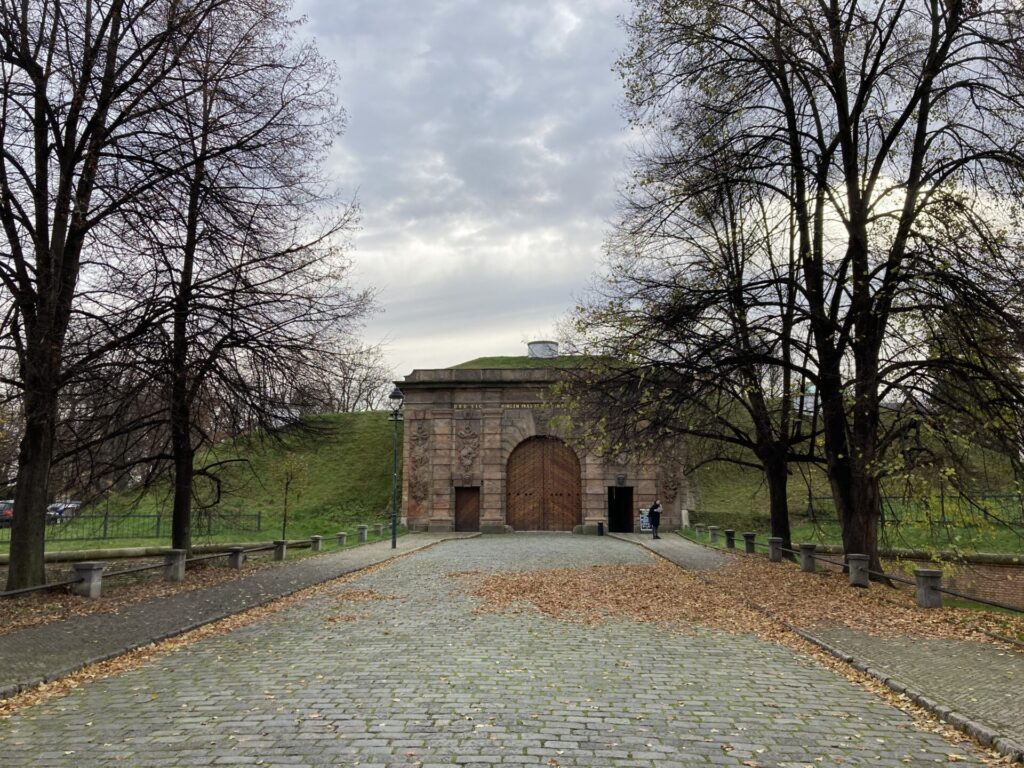
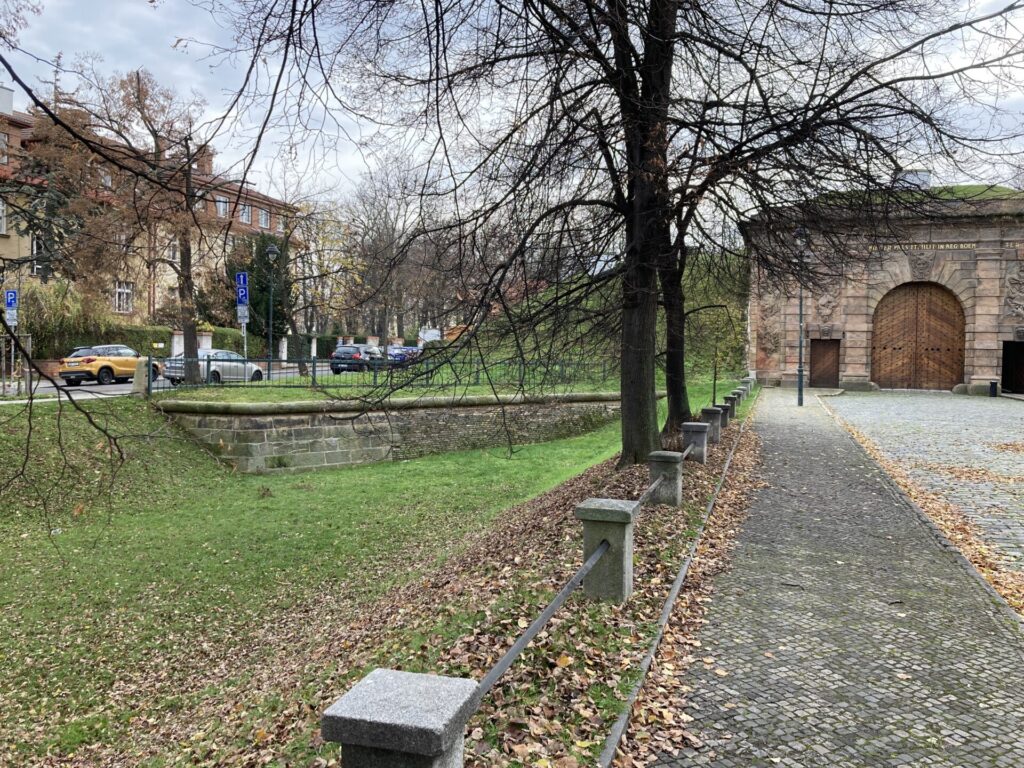
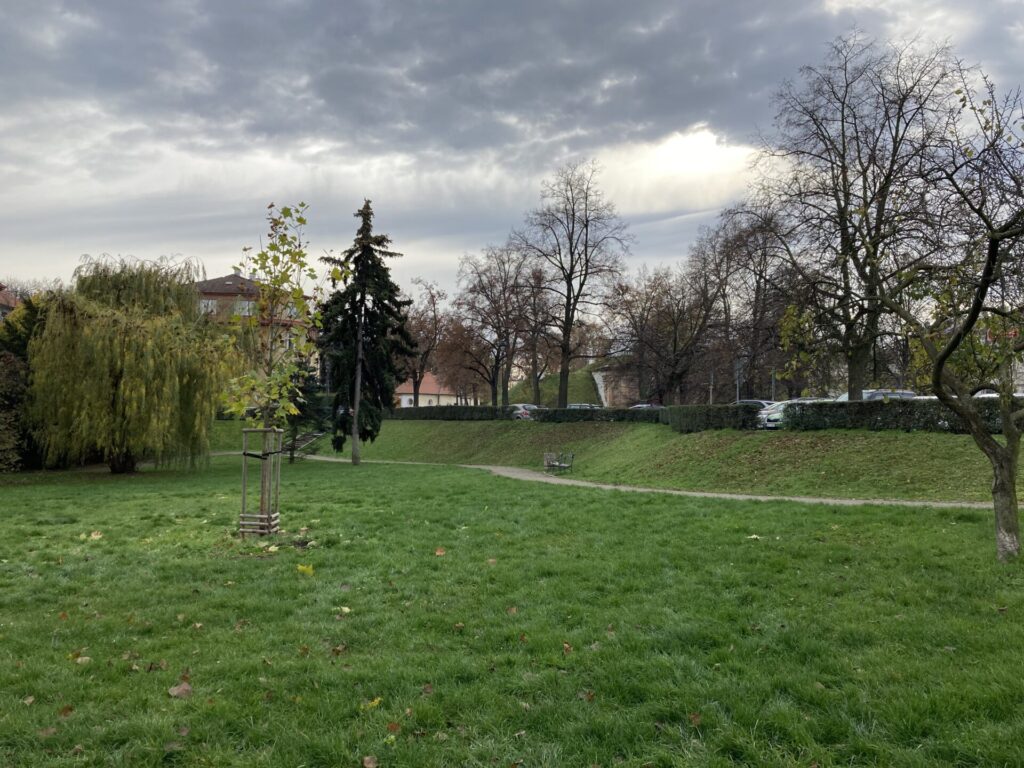
However, the origin of the name Písecká Gate is more prosaic – it is derived from the defunct settlement below the hill. The settlement was called Písek (“sand”) because there was a lot of sand in its subsoil. It was a settlement that existed on the site of today’s Klárov (where the Malostranská metro station is) as early as the 10th century. And it is even said that on that place stood a house with the imaginary number 1 in the whole of Prague (if you are interested in when Prague houses are numbered, read it here).
The Písecká Gate is one of the four gates of the Baroque fortifications of Prague that you can see today. The other three are in Vyšehrad, called Leopoldova, Cihelná, and Táborská. Leopoldova (1653) is named after the Emperor and King of Bohemia Leopold I. The origin of the name “Cihelná” (i.e. “made from bricks”) is really not hard to guess. The third preserved tower at Vyšehrad is called Táborská – and it is so called precisely because traders and other carriages used to pass through it to the South Bohemian town of Tábor.
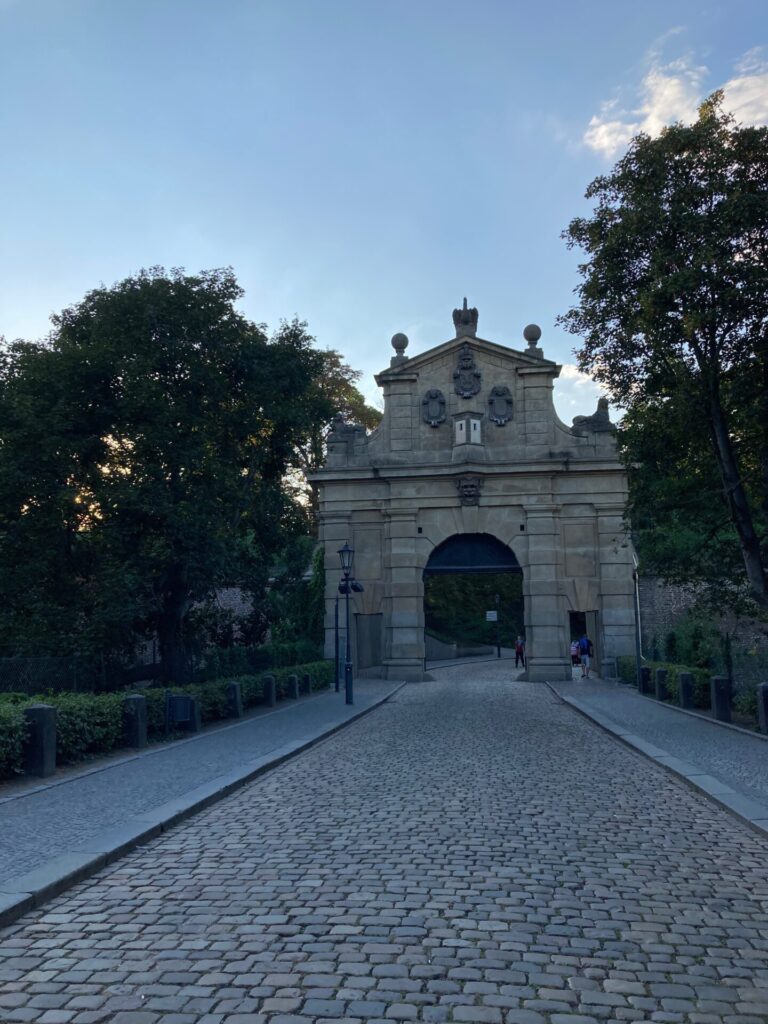
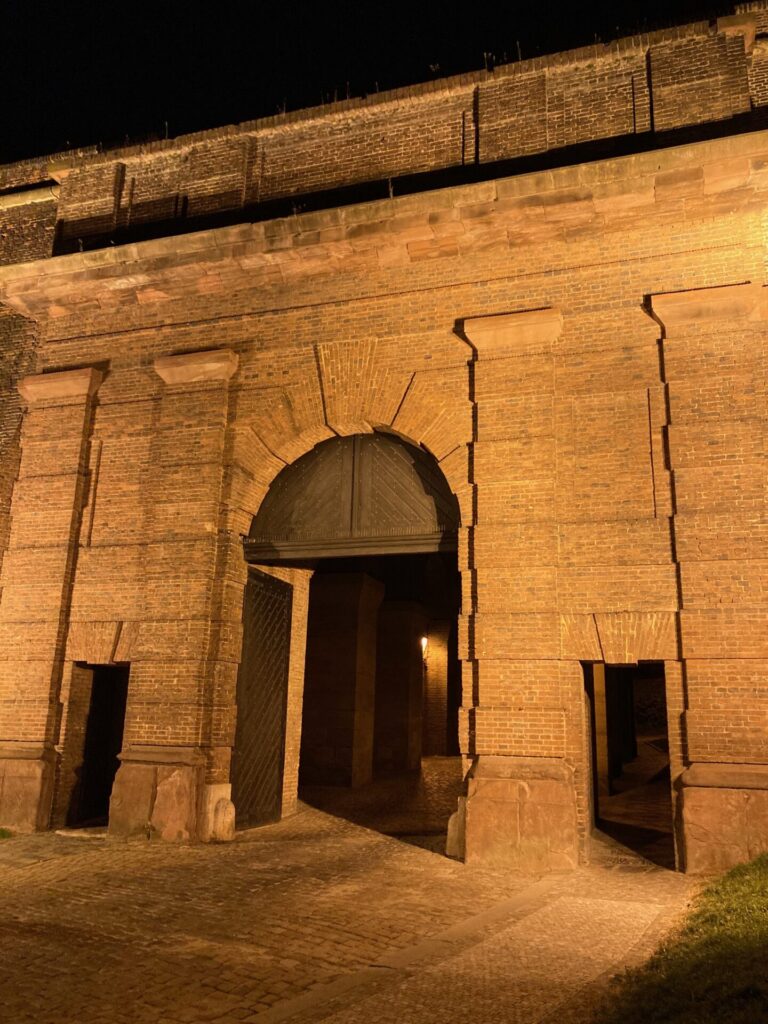
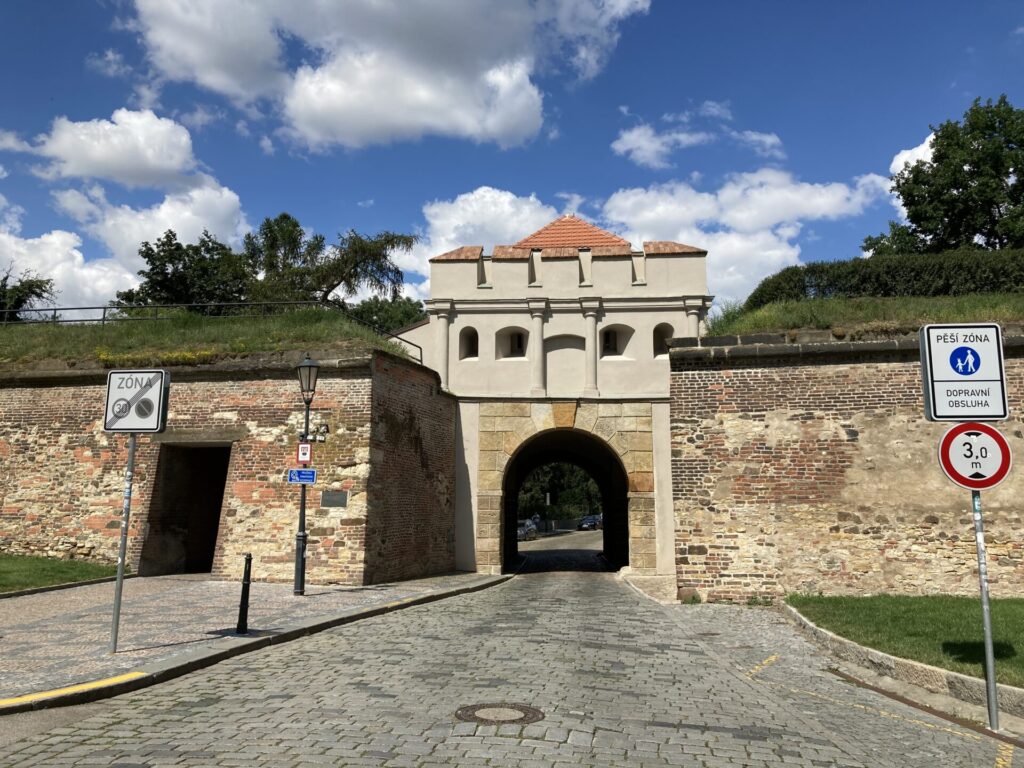
The baroque fortifications of Prague were built in the 17th and 18th centuries, although their importance for the defense of Prague has been questioned, as Prague could be shelled from the surrounding hills.
The importance of the fortifications of Prague gradually declined. In the 19th century, fortification gates were mainly used to control the movement of people and goods. The construction of Masaryk Station, which is today the oldest railway station in Prague and the oldest operating impassable railway station in Europe, was a major disruption of Prague’s fortification system. Where the tracks passed through the walls, gates were set up, which were closed at night with bars.
The abolition of the Prague walls was decided in 1860 and the walls were gradually demolished. The Písecká Gate has lost its original purpose, today cultural events are organized in its interior. And there is also a cozy cafe – remember it the next time you take the streetcar to the Castle.
